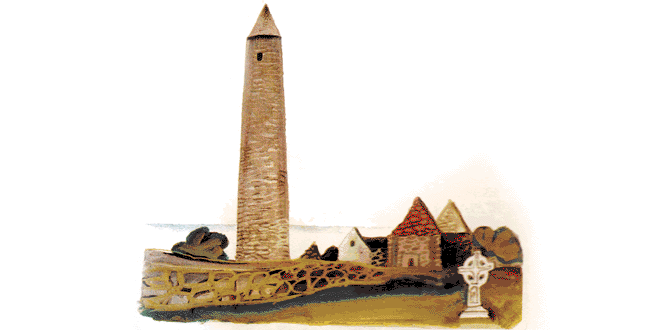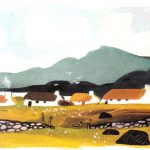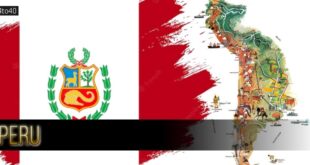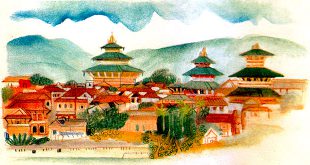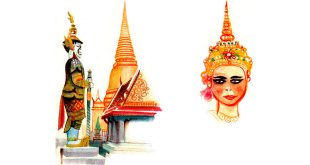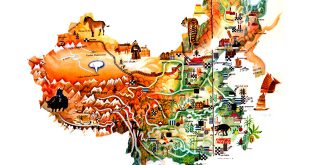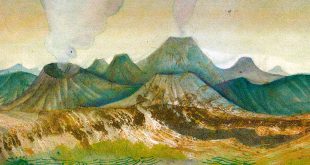Capital: Dublin
Location: Island nation in the British Isles, separated from Great Britain by the Irish Sea
Area: 70,283 sq km
National composition: mainly Irish
Religion: mainly Roman Catholic
Official languages: Irish (Gaelic), English
Currency: Irish pound = 100 pence
Administrative divisions: 32 counties
Other major cities: Cork, Limerick
Highest elevation: Carn Tuathail (1,041 m) in Macgillicuddy’s Reeks
Chief river: Shannon (386 km)
Climate: Maritime, mild, abundant rainfall
The Republic of Ireland covers four-fifths of Ireland, the second largest island in the British Isles. Uplands bordered by a highly indented coastline lined by numerous islands surround the Central Plain, which contains large peat bogs. The Wicklow Mountains are in the east, while in the south there is a series of almost parallel ranges separated by fertile valleys. The highest point lies in the south-west. The north-west also contains rugged highlands. The coast is ragged, with numerous rias (drowned river valleys which form deep sea inlets). In well drained lowland areas, the soils are fertile. Because of its extensive green pastures, Ireland is often called ‘the Emerald Isle’.
The rivers are navigable throughout the year and many of them are interconnected by canals and locks. The lowlands are covered by moraines deposited during the Ice Age and numerous lakes occupy hollows in the undulating surface. The largest lakes are Lough Corrib, Lough Mask, Lough Ree and Lough Derg.
The Republic of Ireland has a highly developed farming industry which forms the basis of the economy. In 1982 agriculture employed 18 per cent of the workforce. Animal husbandry and dairy farming are the leading activities. Beef cattle, sheep and poultry are also important. The chief crops in the fertile lowlands are barley, hay, oats, potatoes and wheat. Fishing is important, employing more than 8,000 people.
The country has large deposits of peat, together with some coal, copper, lead, silver and zinc. And recently oil and natural gas have been tapped. However, the leading industries are concerned with processing local farm products. Distilleries are important and the major cities, notably Dublin and Cork, have tobacco, leather and engineering industries. Other fast developing industries include shipbuilding, chemical industries and electronics. Linens and woolens are traditional Irish exports.
Ireland has a good system of roads, railways and waterways. Shannon Airport is a major international stop on transatlantic flights. Tourism makes an important contribution to the economy, and Ireland had nearly 10 million visitors in 1982, including visitors from Northern Ireland. The Republic of Ireland became a member of the European Economic Community in 1973, but by 1981 its per capita gross national product of US $5,230 was the second lowest in the Community. Only Greece had a lower per capita GNP.
 Kids Portal For Parents India Kids Network
Kids Portal For Parents India Kids Network
